I have a deep love of traveling and poor impulse control. It’s why my “About Me” says that I am the kind of person who impulse buys international plane tickets after a glass of wine. It’s also why I found myself stepping off a plane in Senegal in April 2019 to meet up with the brother of my sister-in-law, with whom I’d spent about 25 minutes. Total. Ever. Because why not travel to a country in west Africa, where they only speak languages you don’t understand, with someone you barely know? Seriously though. Why not?
I grew up in a family that values travel and gave me ample opportunities to explore my country and others. I know that not everyone has easy access to that, and I am so blessed to have gone on trips to foreign lands during my formative years. It forever filled me with the desire to go and see and do, whenever possible. To learn more about this world and the people who fill it. Engaging with other cultures can make us more empathetic and understanding, as it broadens our worldview.
Senegal certainly did that.
If you don’t know (because I certainly didn’t until I agreed to go there), Senegal is on the far west side of Africa, on the ocean. The northern portion is desert, while the south is more forested and jungle-y, especially near the coast. The country was once under French colonial rule, so they mostly speak French.
This post isn’t really to give you a lesson on the importance of traveling or Senegalese geography. It’s to talk about a super cool opportunity I had while I was there.
I LOVE learning about other parts of the agriculture industry, especially ones that seem exotic and aren’t anything close to what I’ve been around before (full disclosure, I once found soybeans to be a fun and exotic crop, so the bar for exoticism is…low). When our Airbnb host in a town on the southern coast of Senegal asked if we were interested in meeting up with his friend to harvest cashews, my answer was an enthusiastic “Oui! Yes!”
I rank cashews much higher than soybeans and here’s why
I knew absolutely NOTHING about cashews beforehand. I knew they were a tree nut, and that is all. Y’all, there is fruit involved! And fire! My day of cashew harvest gave me a far better experience than I could have expected. Keep in mind, this was not a large scale, commercial cashew producer. This was a man who had an acre or two of cashews that he and his family cared for and that they sold locally. This isn’t going to be a lesson in how they are produced commercially. I think there are some different practices at a larger scale.
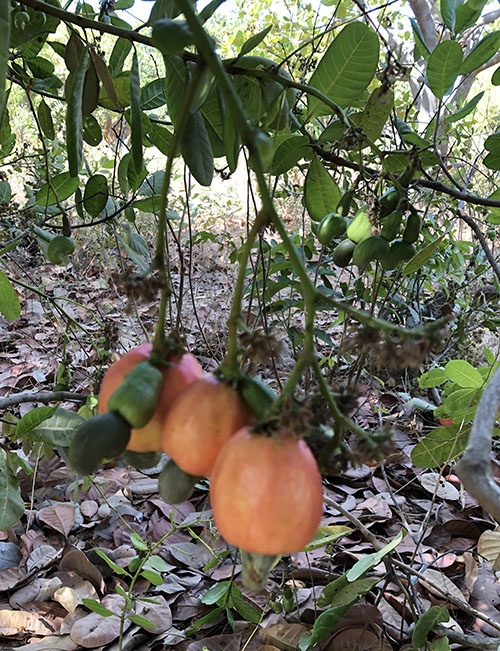
Cashews grow on trees in the way pictured above. They hang there until the fruit portion, called a cashew apple, ripens and drops to the ground. Because they are harvested off the ground, you want to pick them up before animals or other pests get to them. The farmer who we were with said he goes through the orchard three times a day to pick up the fallen cashews for the entirety of the multi-month harvest season.
We ventured through the orchard, collecting the ripe cashews. The farmer made fun of my slow speed. I’m good at many things, fast cashew harvest is not one of them. Once we collected them, it was time to process. In the middle of an orchard, with no running water or electricity. It was certainly a new experience.
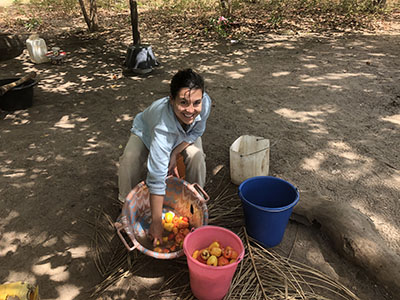
First, we separated the nut from the fruit. It’s as simple as twisting them off. After that, we rinsed the cashew fruits and made sure there were no foreign objects. There might have been no running water, but the farmer had brought large jugs of clean water and had powdered soap to keep buckets, hands, and cashews as clean and sanitary as possible.
Cashew apples are incredibly fragile. They are more tender than an overripe plum, with incredibly thin skin. I think that’s why we don’t see the fruit in stores – transportation would be a nightmare. I think they also go bad really quickly. The apples can be juiced though, which is what we did with them. He then sells the juice.
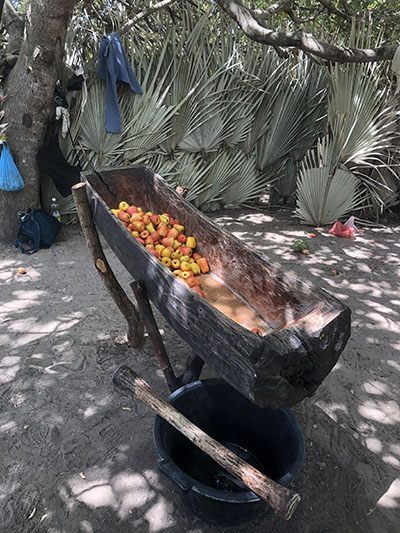
After getting everything cleaned and prepped. The fruit went into the hollowed-out log to be crushed and juiced. We used the long pole/mallet thing (super technical term) to smash each fruit (another job I was apparently too slow at) and then pressed them down by hand to squeeze the juice out. The juice drained into a bucket below the log and then we filtered it.
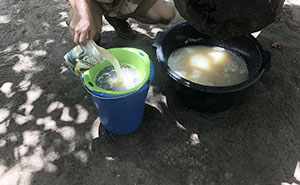
Cashew juice is very sweet. The fruit has a high tannin content, which gives it that same drying feeling in your mouth that you can get from red wine. We did a second press on the pulp and that juice had a more refreshing taste than the first run and I really enjoyed it. In countries where cashews are grown, I believe cashew juice is somewhat more common to see.
When we were smashing the fruit, the farmer covered our shirts, saying that the cashew juice would leave stains. My naive mind thought “Pfft. My American washer won’t have any problem removing something like cashew juice.” Wrong. My American washer is absolutely not capable of removing cashew juice. It was a good reminder to trust the experts.
And now, the part of the cashew we actually know about: the nut
After the cashews are harvested, they have to be dried. The farmer spreads the cashews, in shell, out on giant palm leaves to bask in the sunshine for a few days. He also went through and selected the largest and best cashews to keep as seed stock to plant more trees.
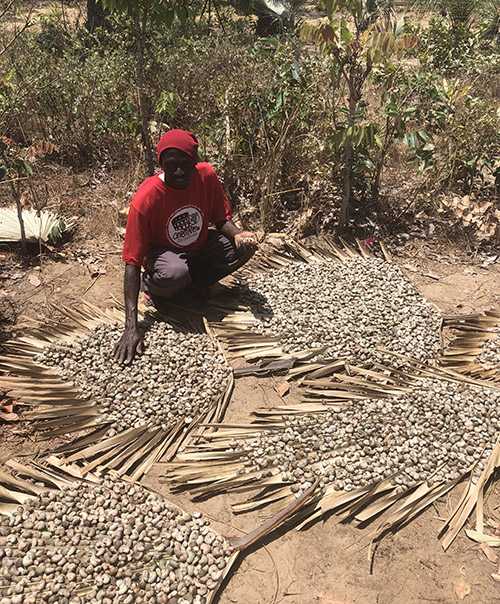
The nut we eat is inside of the grayish green shell that is attached to the fruit, which has to be removed. Slight plot twist though: the shell contains the same oil as poison oak and poison ivy – urushiol. They are actually all in the same family of plants. Before cashews can be eaten, that shell has to be roasted or steamed under high heat to eliminate the oil. This farmer doesn’t sell cashews with the hulls removed, but he roasted some for us so that we had a chance to see the process and have a snack. The oil is incredibly flammable and turned into a roaring fire pretty much as soon as it was lit.
After the oil is burnt out of the shell, it’s time to crack them and collect the cashew nut. I’m curious how this process goes on a commercial scale and I know it’s far more efficient, but I have to say, sitting in the middle of a Senegalese orchard, cracking cashews with a stick and a rock was pretty awesome. I was, surprise surprise, rather bad at it. You had to hit it with the perfect amount of pressure to crack the shell without also cracking the nut inside. Not my strong suit, but it sure brought a lot of joy when I got it right.
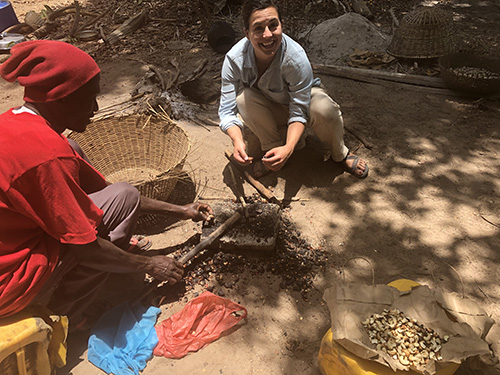
I went to Senegal having legitimately no idea what to expect and somehow, I got to spend a few hours completely immersed in this thing that brings me so much happiness. That’s the thing about traveling, it’s often the unexpected, unplanned opportunities that give you the best experiences and the longest lasting memories. Like spending an hour’s drive in the middle seat of the third row of a ramshackle station wagon, with 6 strangers, no air conditioning, and a live chicken behind your head.
Every place you go gives you a chance to grow and learn. Things might go perfectly, but they also might put you out of your comfort zone and challenge you. No matter what (with a few exceptions), with the right attitude, you’ll go home better for it. And, along the way, you might have a chance to see how your food is grown.
Leave a Reply
Previous Post
Next Post
Food companies often use fear and misconceptions to market their product. Enter your email below and you'll have 5 ways to beat them at their sneaky game.
5 Food Label Secrets to Save Big $$$ at the Grocery Store
oh, yes please
FREE DOWNLOAD
The Olive Branch
Offering first-hand perspective on farming and our food supply
Home
About
consulting
resources
Contact
the blog
Follow along on Instagram
@theolivebranch_j
The olive branch 2023 | design by tonic
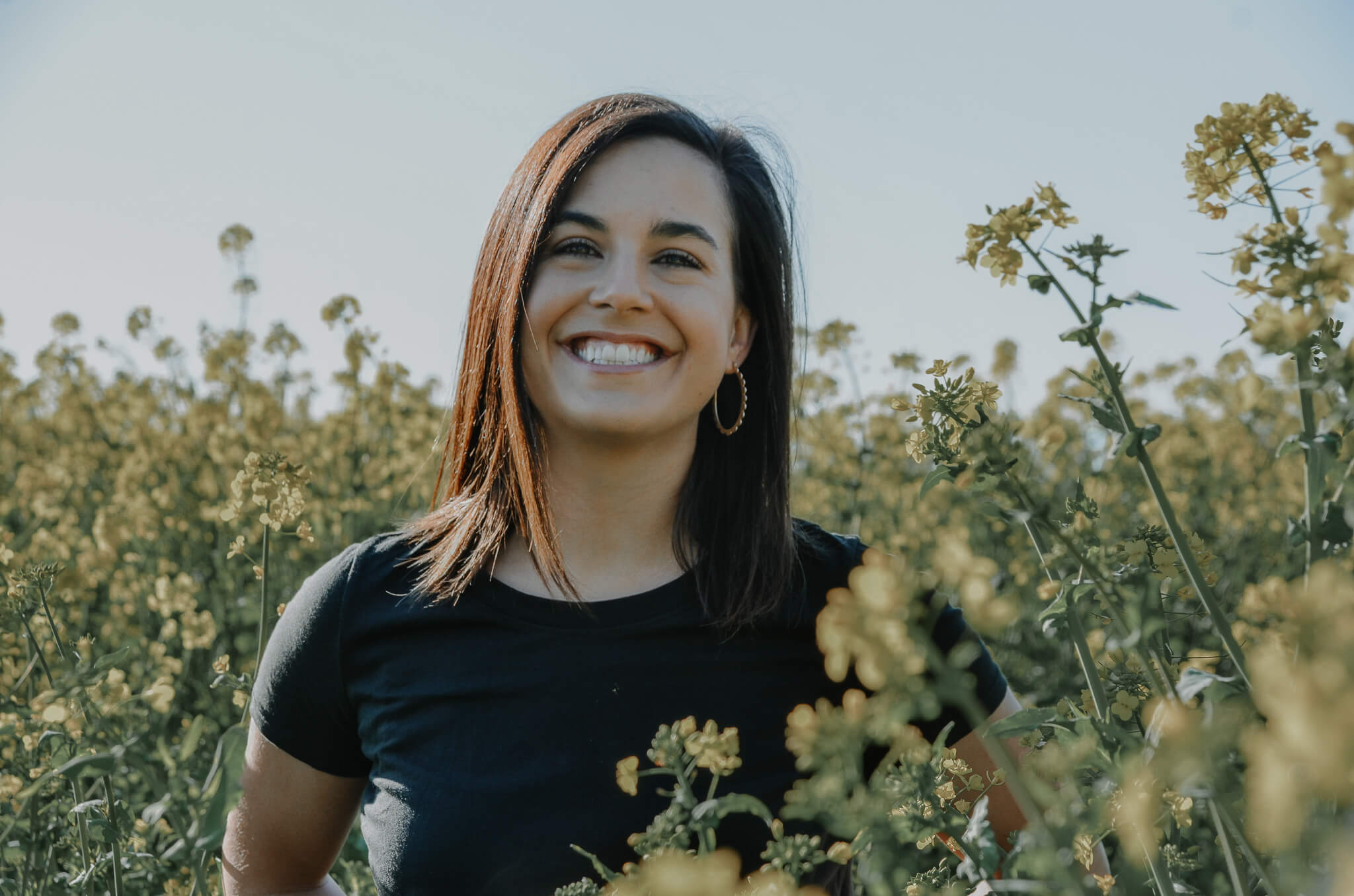
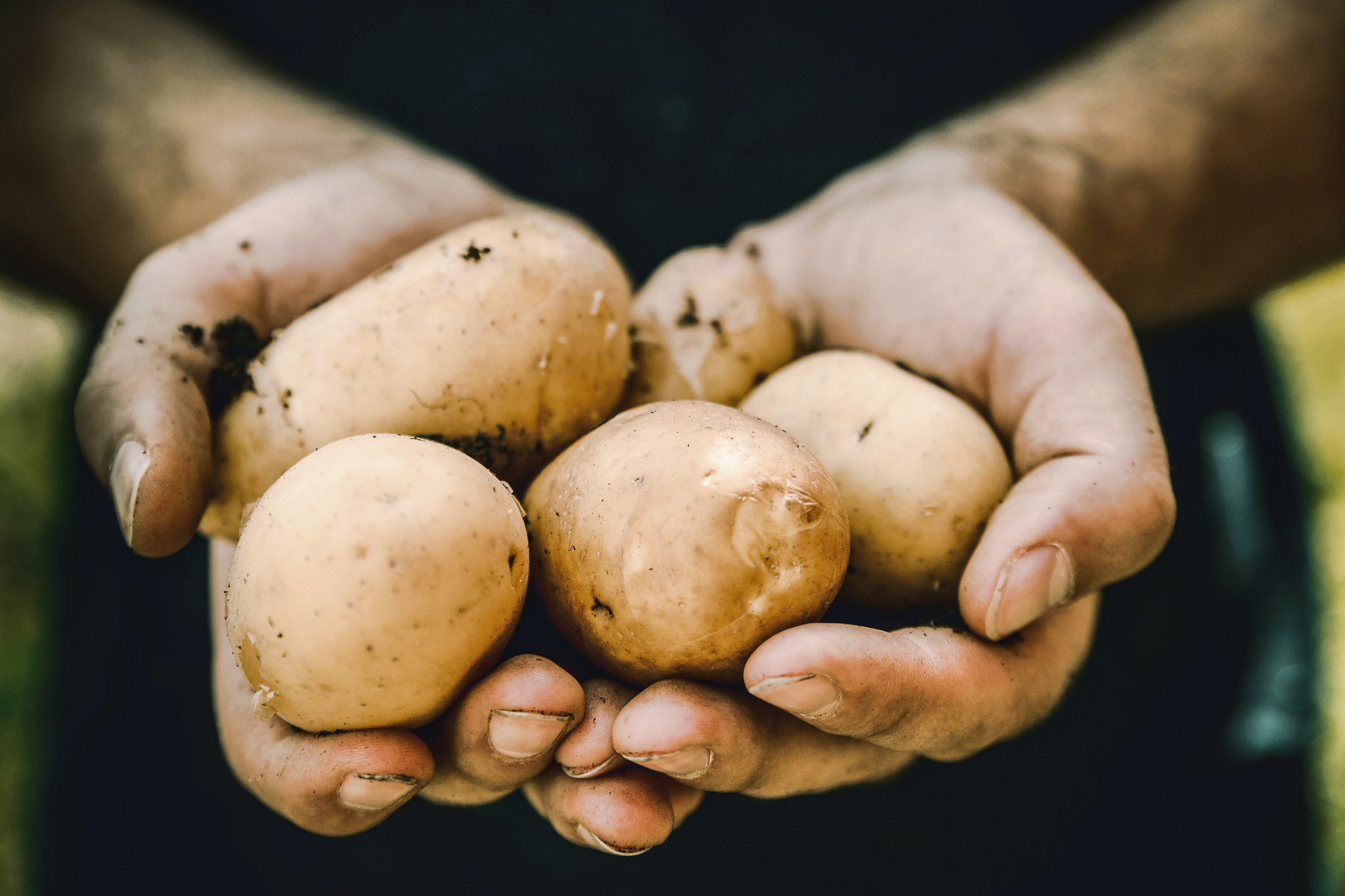

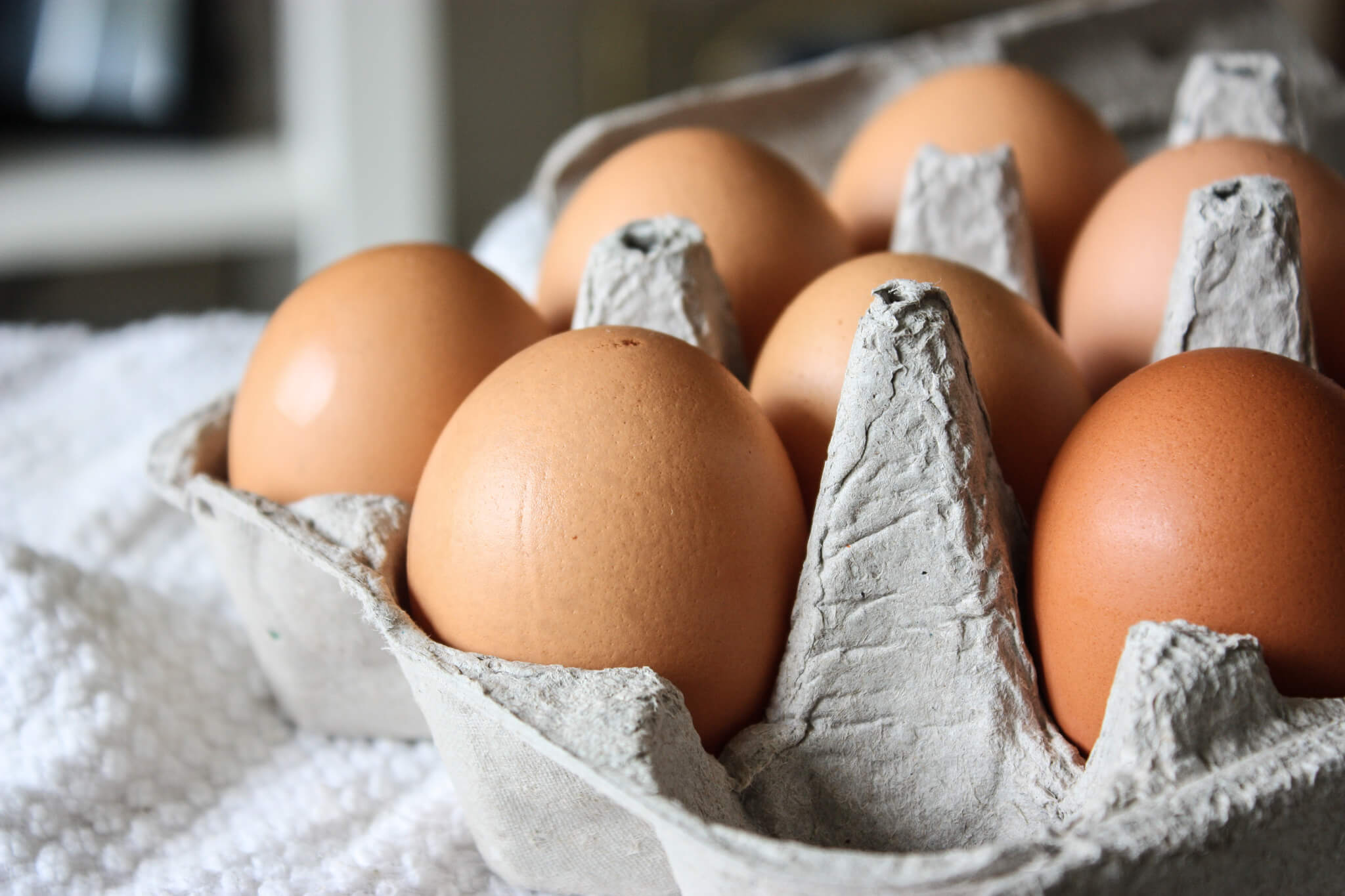
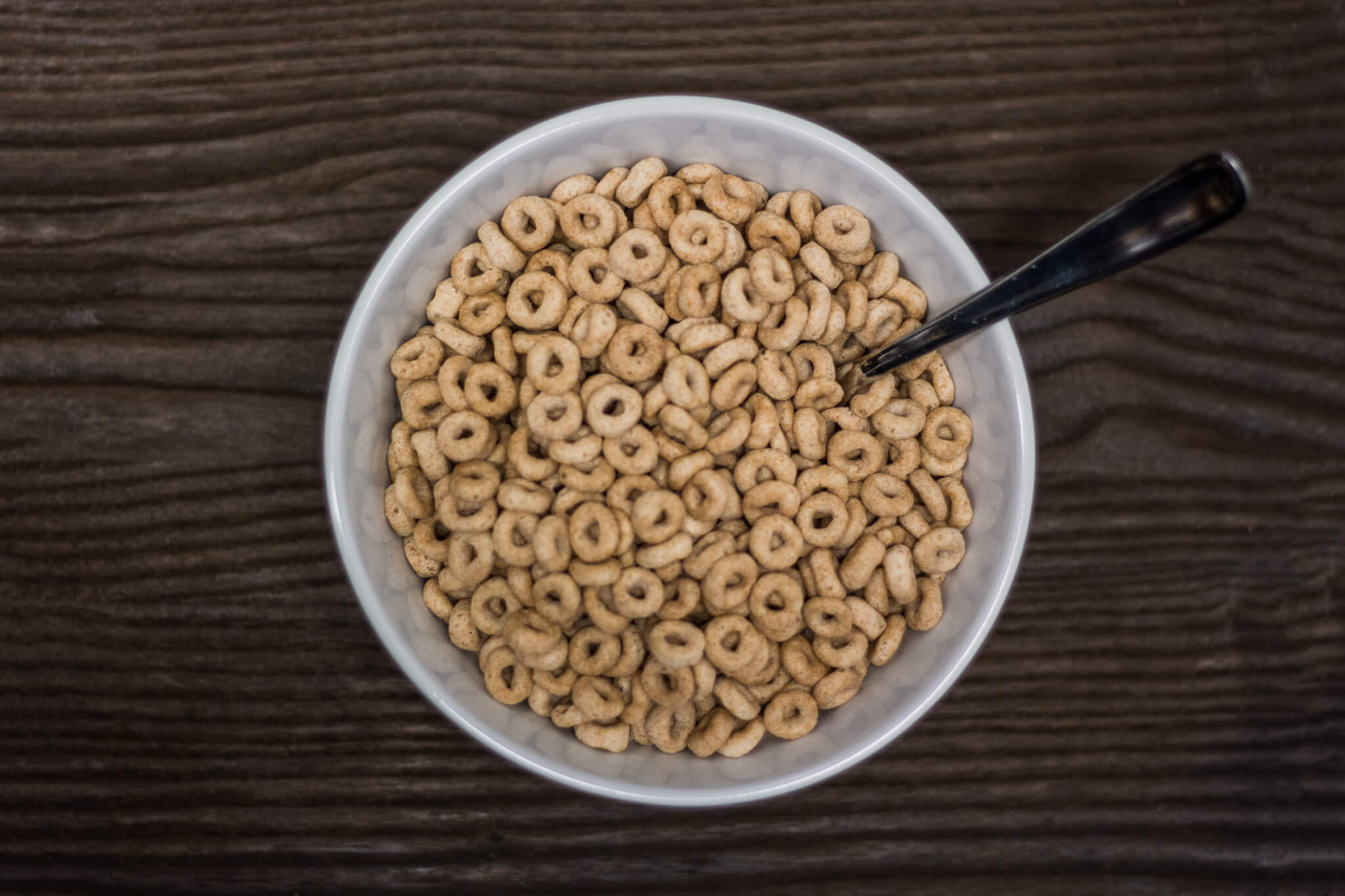
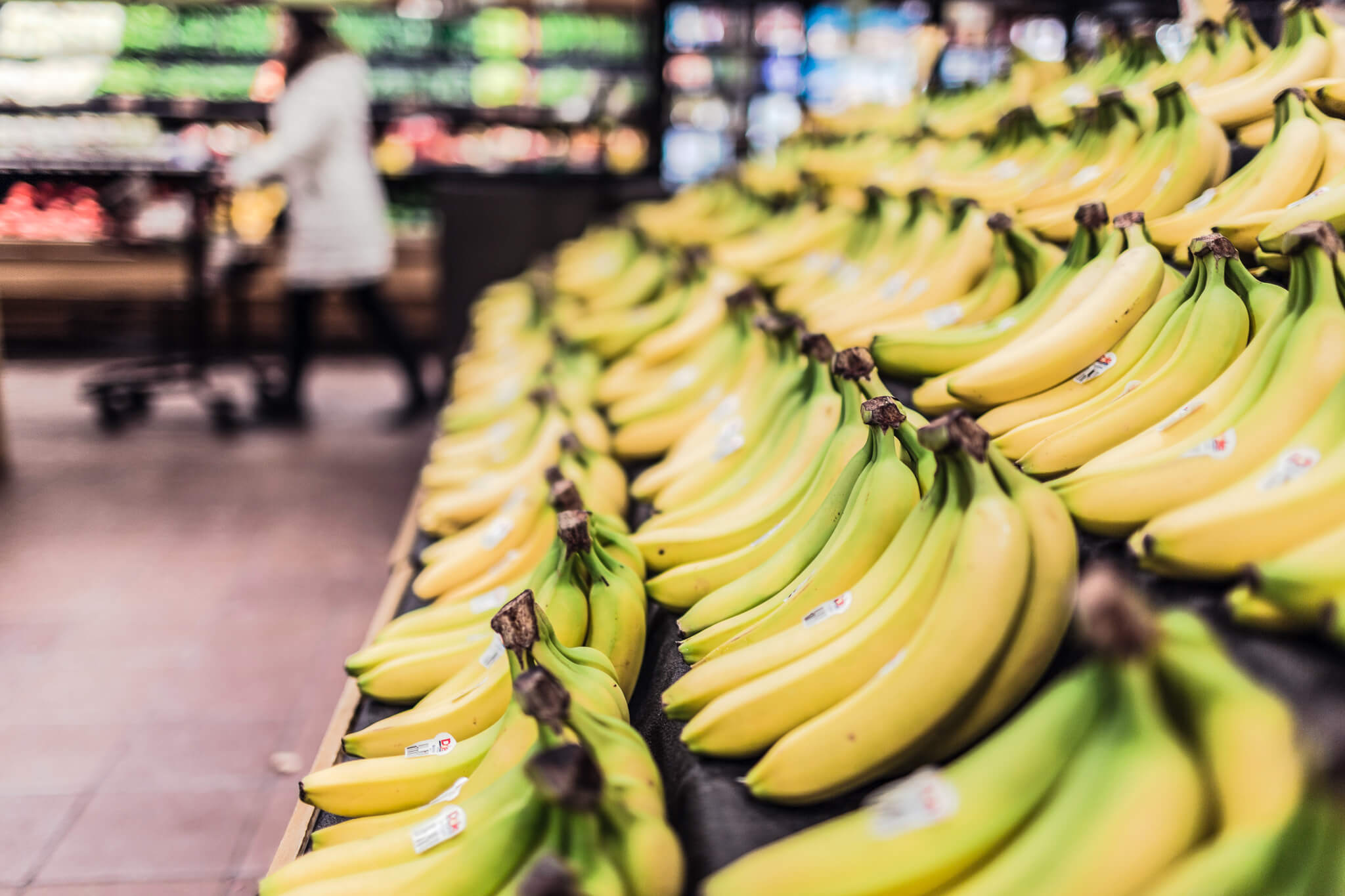
What a great story! You have a very engaging way of writing! While I love Cashews and new about the toxic part – I had no idea about the fruit and fire! LOL! Thank you for sharing!
Thank you so much, Michelle! I’m glad you liked it and that you were able to learn something new!
You had taught me something I did not know about a very tasty and luxurious nut. Thanks for the great story and knowledge you passed on.
I’m glad you enjoyed it!
What happened to the chicken?
I think we all know what happened to the chicken.
Thank you for such an interesting story about a very different way of life.Keep on trying and writing about your new experiences